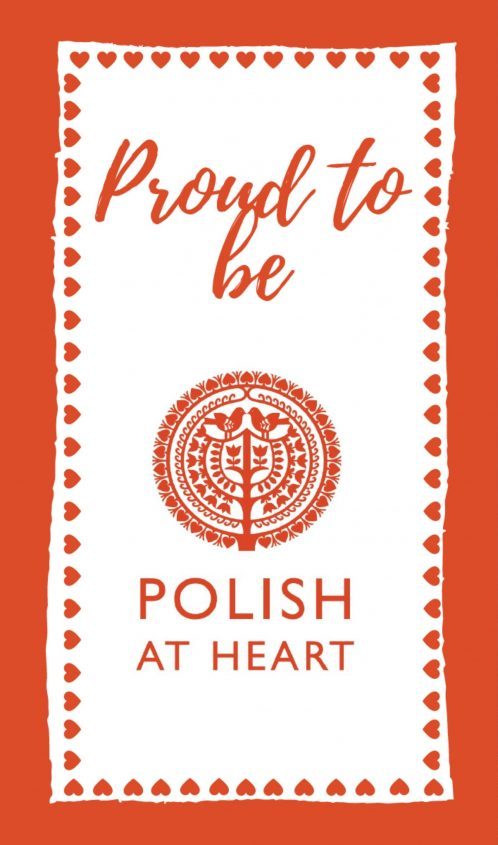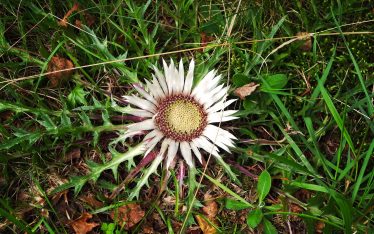Ready for a fairytale? Or is there some truth in the legend of the three brothers, one of whom set up the Polish nation? Recently my harcerki (girl scouts) were doing a little sketch about these characters, as no doubt you will have all done at some time in your life. But did they exist? Are they just a figment of our romantic Polish imagination?
Tribal movements
The legend goes that the Slavic tribe was multiplying so quickly that the three brothers in charge, Lech, Czech and Rus worried about not having enough food to feed everyone, so they called a meeting and decided to move as a tribe, with armed men at the front and back and the women and children on carts to ease the journey. Despite difficulties of crossing rivers and thick forests, the people had faith in their leaders. When they finally reached the plains interspersed with rivers glittering in the sun, Rus said his people were tired and they would stay on the plains (Russia). The brothers agreed to meet again and Lech and Czech carried on towards the sun until they reached the mountains.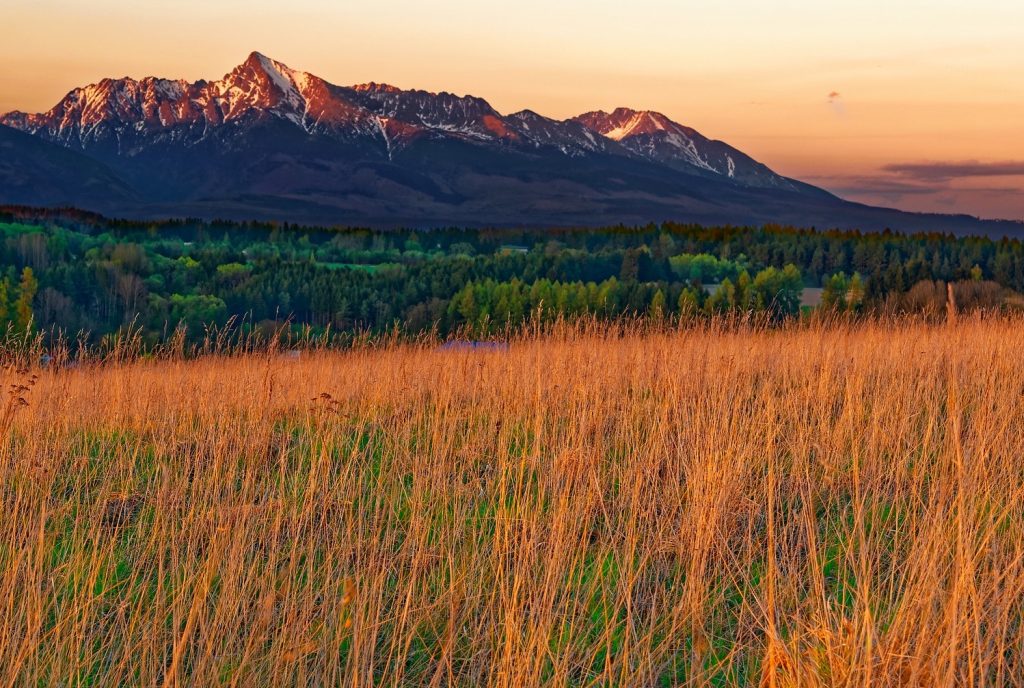
Czech saw the beauty of the setting sun on the mountains and told his brother he would stay there (Slovakia and Czech Republic) but that they would all meet again. Lech continued with his tribe for many days until he saw a place with rivers full of fish, forests and fertile soil. Although he was enamoured with the place, he felt he needed a sign from the gods. Then he heard shouts as a huge, majestic eagle with radiant white feathers landed in his nest on a huge oak tree. Everyone was stunned as they saw the great bird against the red setting sun. It was a sign from the gods. The settlement of Lech became known as Gniezno (from gniazdo, nest) and was given the symbol of a white eagle on a red background. Calling themselves the Polonians, or people of the field this became the Polish nation.
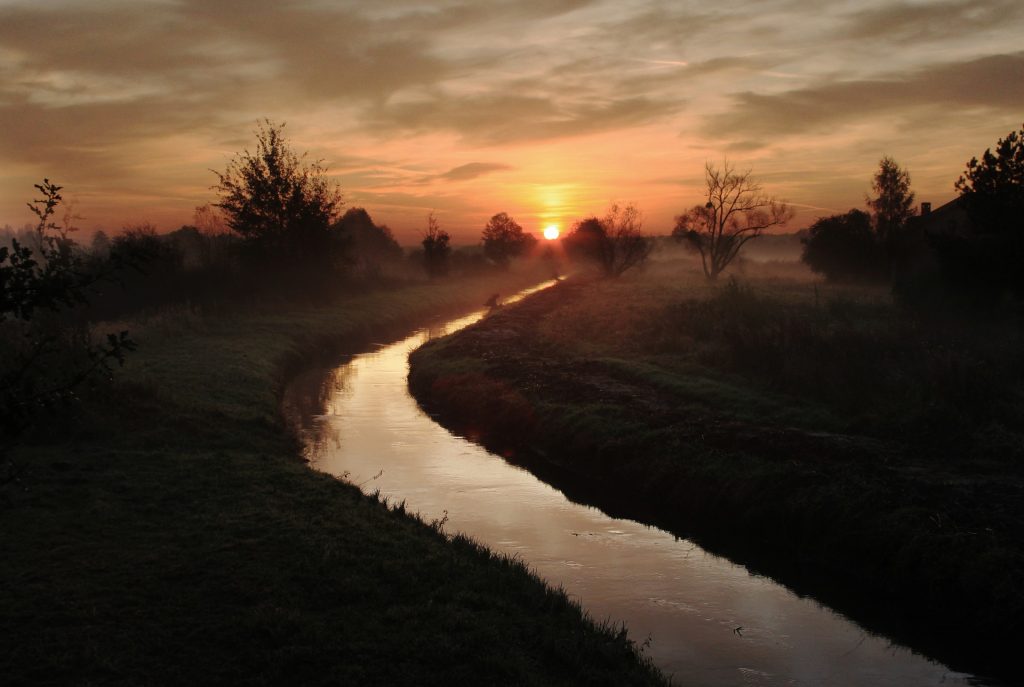
The simpler version is that the brothers were on a hunting trip and followed different prey, therefore following different directions. Rus went east, Czech went west and that Lech went north. This is indeed what is mentioned in the Kronika Lechitów i Polaków, known as the Wielkopolska Chronicle. Though I have not read in any version, whether the brothers ever met up again. Sadly history has shown this was through war rather than friendship.
Did they exist?
Were they once part of a Slavic nation that spoke the same language? Well yes, they probably were. Their journey is dated around the sixth century when major migrations happened in Europe. The story is also known in the Czech Republic, though only as Lech and Czech. It was also documented in the Polish chronicle mentioned earlier but also in the Polish-Hungarian chronicle in the 13th century, which described a journey of three Slavic nobles who left the area of current Croatia.
And Gniezno?
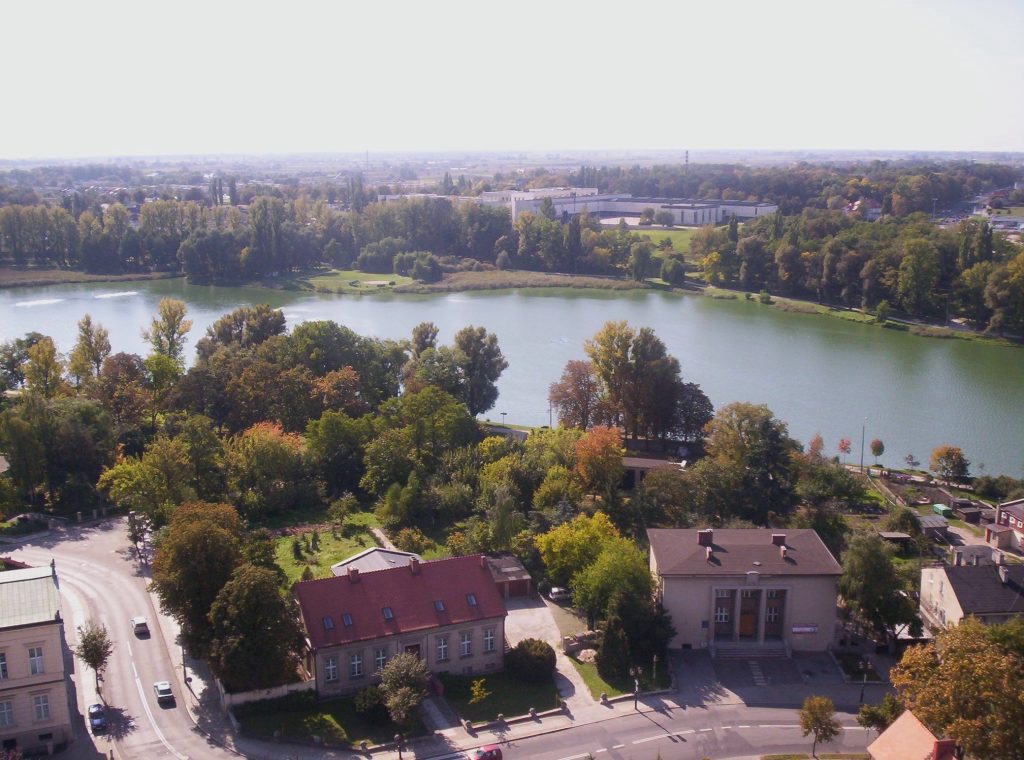
The first capital of Poland, in which there has been a settlement from around the 6th and 7th centuries, but it wasn’t until the 10th century that it was recognised as the main centre of the Polanie tribe. Archaeological excavations have proved there was a Slavic fortified settlement with a place of worship located on top of a hill that is now known as Lech’s Mount and these excavations are ongoing.
And Lech?
Apparently some countries still call the state of Poland after Lech (or the name’s variation Lach). In the Lithuanian language, Poland is called Lenkija. In Hungarian it’s Lengyelország and it’s also commonly known as Lechistan in the Persian language. It is often said that Rus refers not to the Russians but to the Ruthenians, who inhabited the eastern slavic lands of current Ukraine and Belarus. But the name varies depending on the timeframe and Simon Calder recently visited Ruthenia, an area which cuts across modern Slovakia, Ukraine and small parts of South East Poland and Romania.
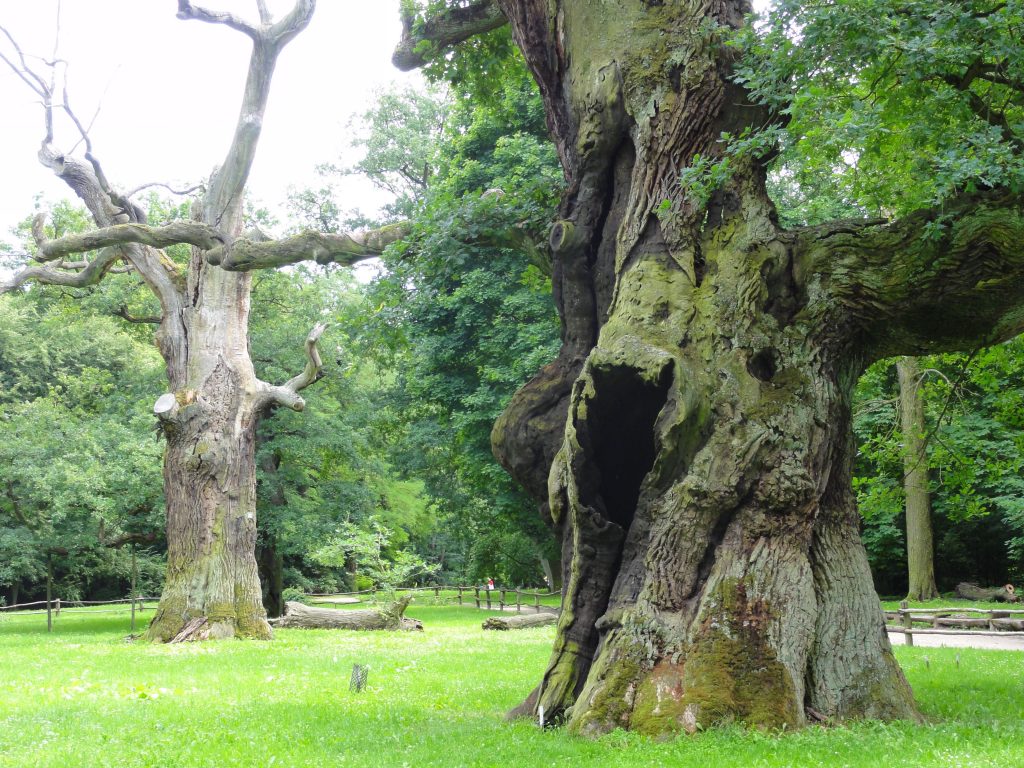
Marcin Chady: CC by 2.0
There are also three oak trees, several hundred years old in the grounds of Rogalin palace not far from Poznań which are named after the three brothers and are under protection as a monument of nature.
Ever changing legend
But returning to Lech and his brothers, I heard a great variation on the theme last night from a scouting friend, that they teach their boys that the white eagle had a fight with a black eagle and won, the red being the blood created by the fight. Fascinating! I had never heard this one before.
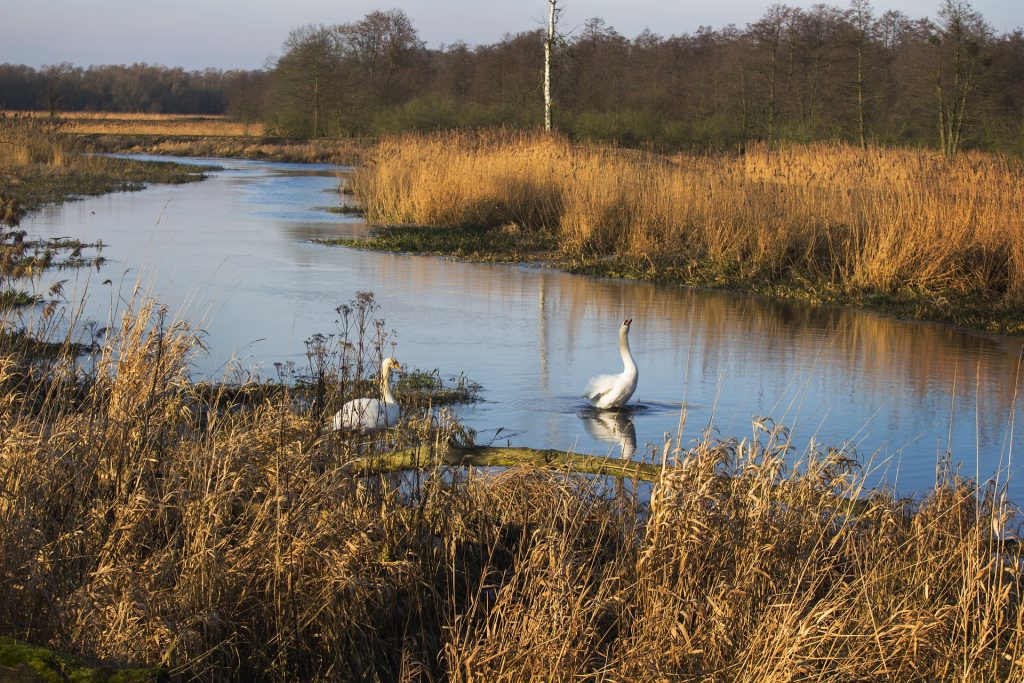
Polish legends wind their way through our history like the many rivers across its plains, flowing freely at times with wide borders, narrowing at others, taking on slightly different narratives from smaller tributaries but generally drifting in the same direction. I wonder what other versions of Lech Czech and Rus you know?
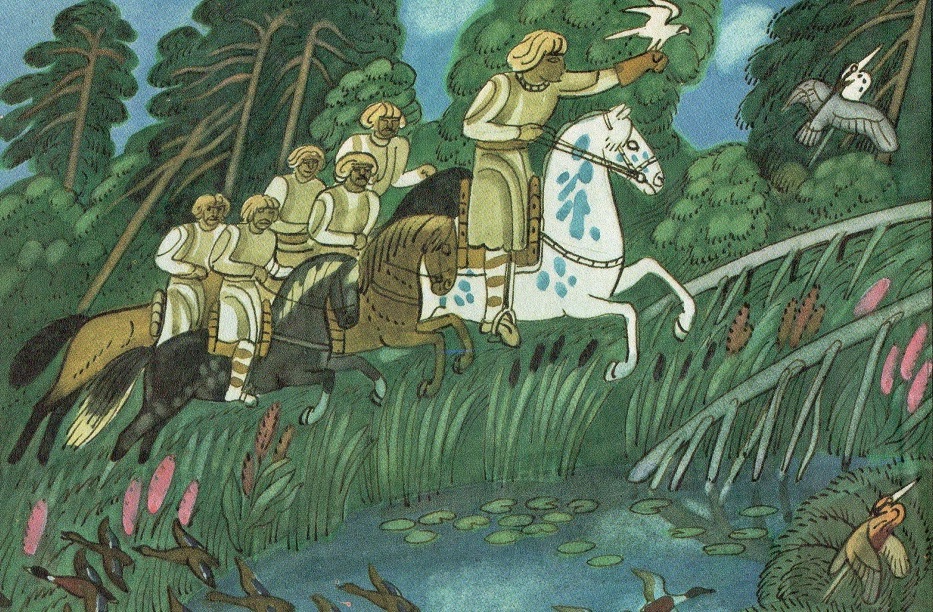

 1.Tracing Family History pre-WW2
1.Tracing Family History pre-WW2 2. Tracing Family History WW2
2. Tracing Family History WW2